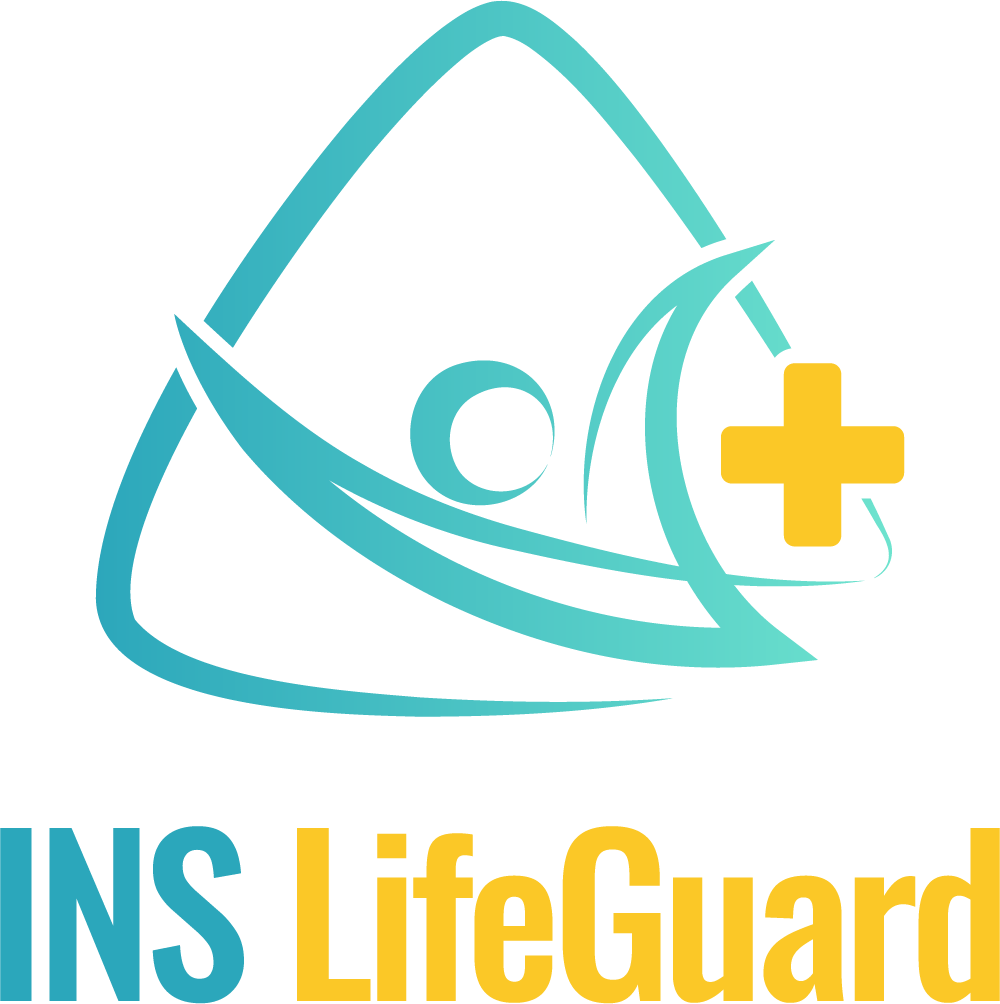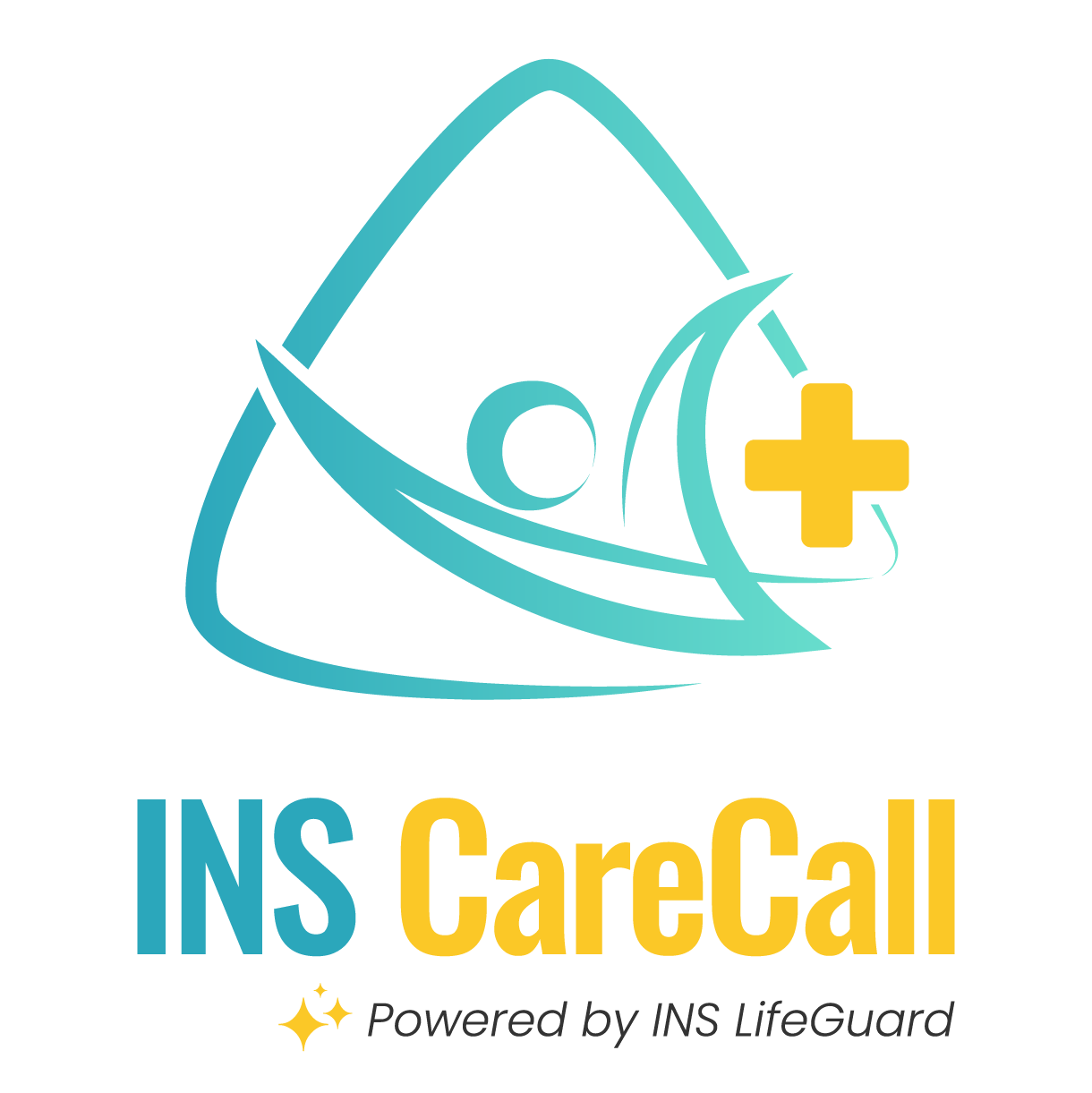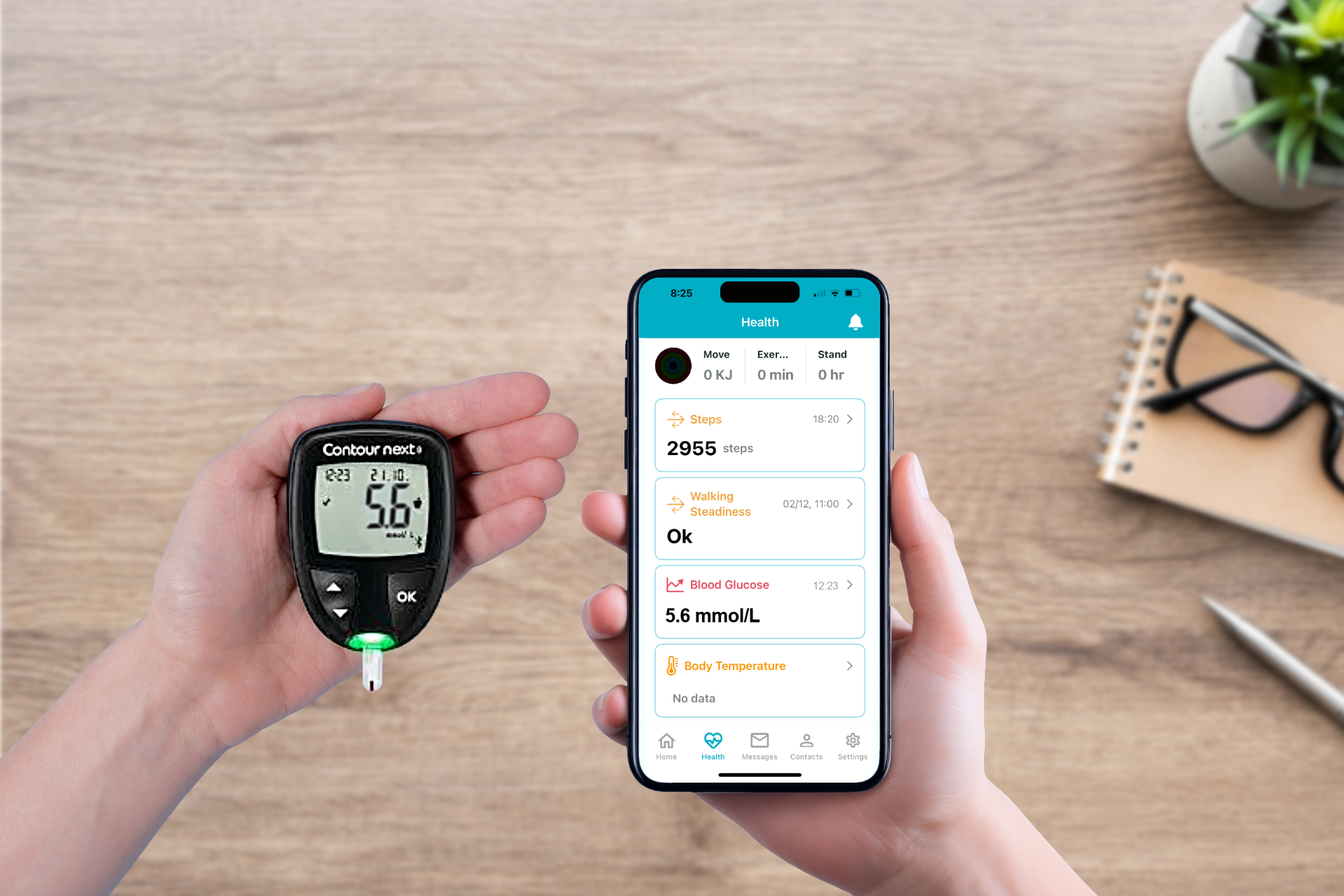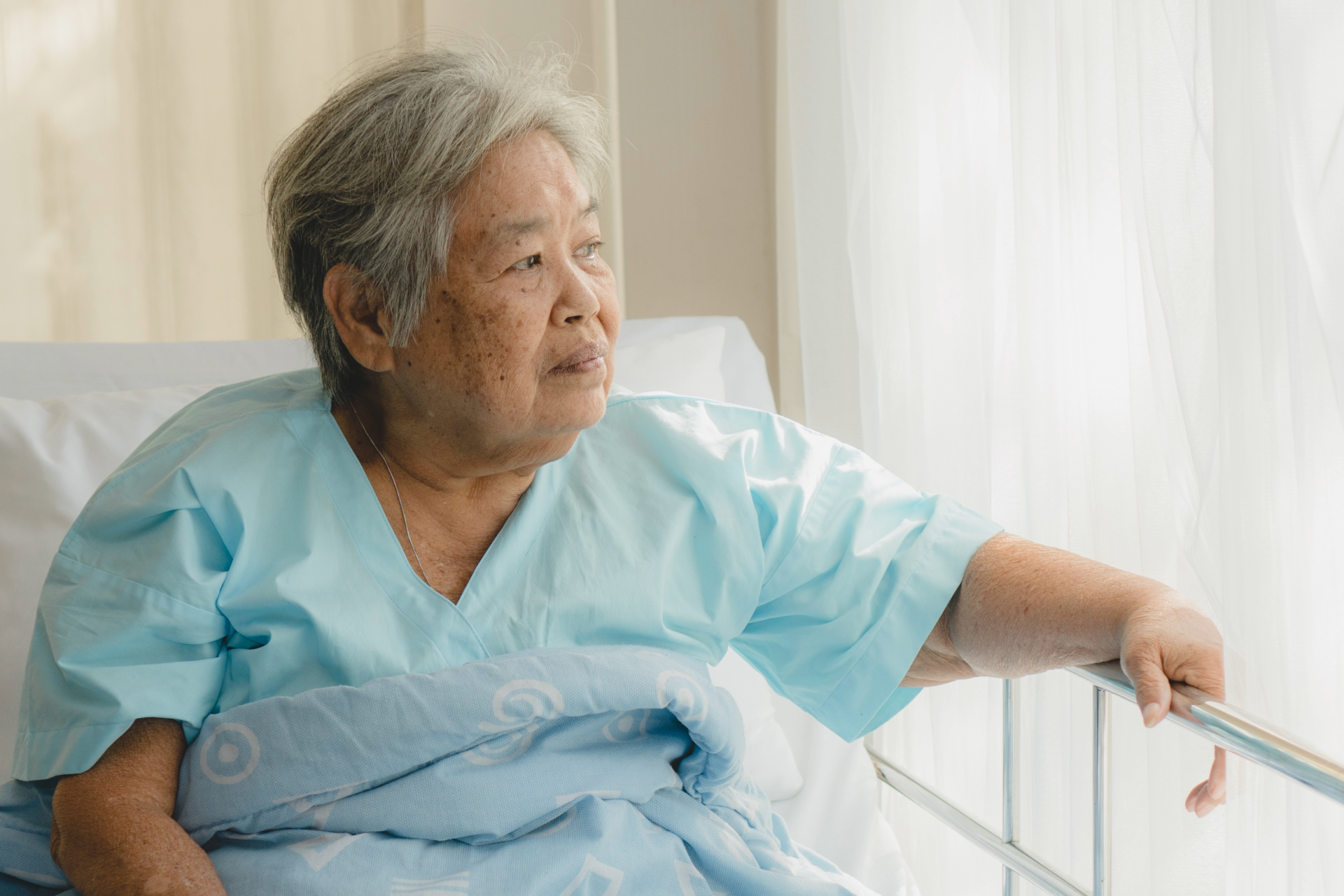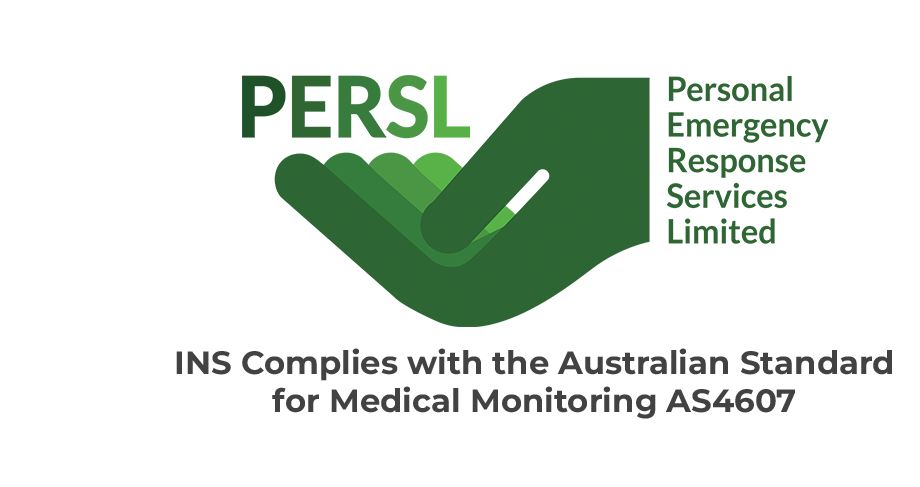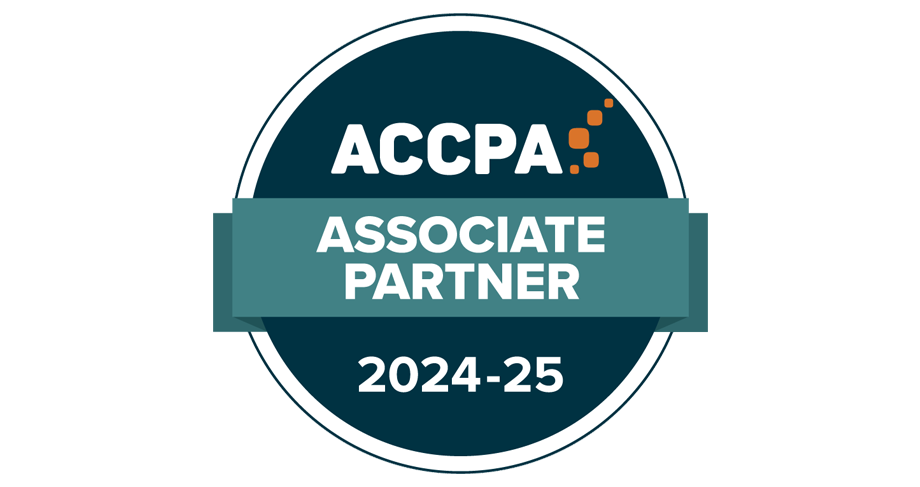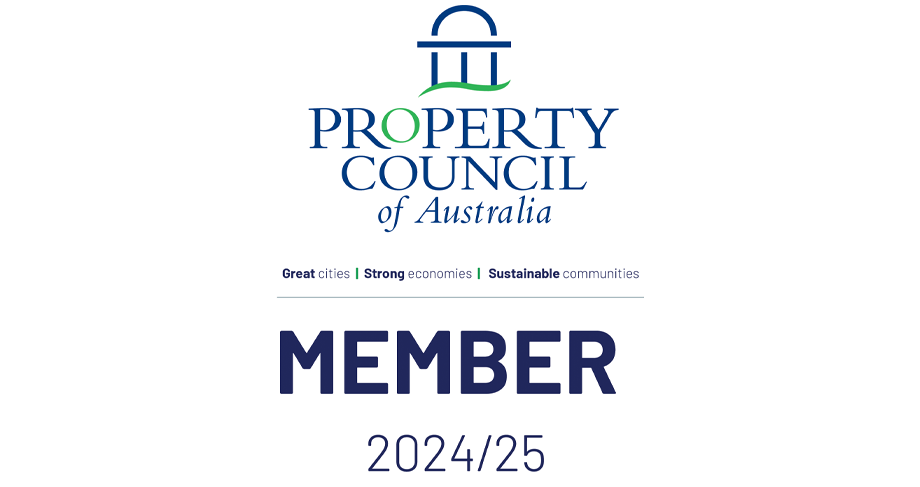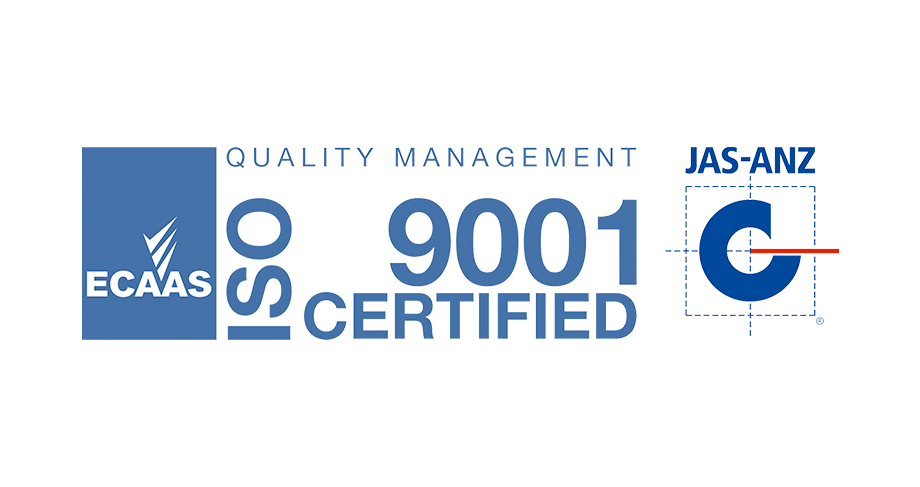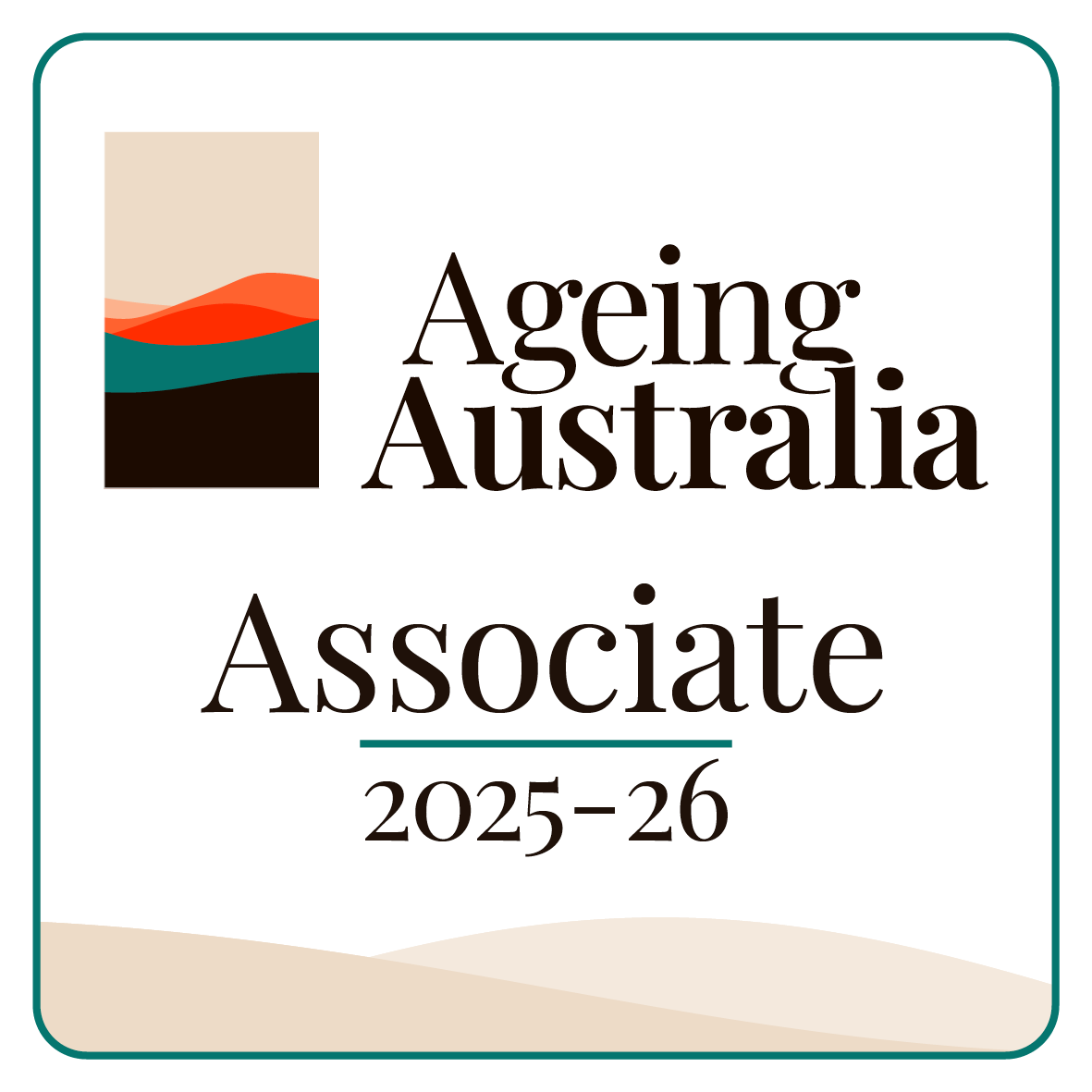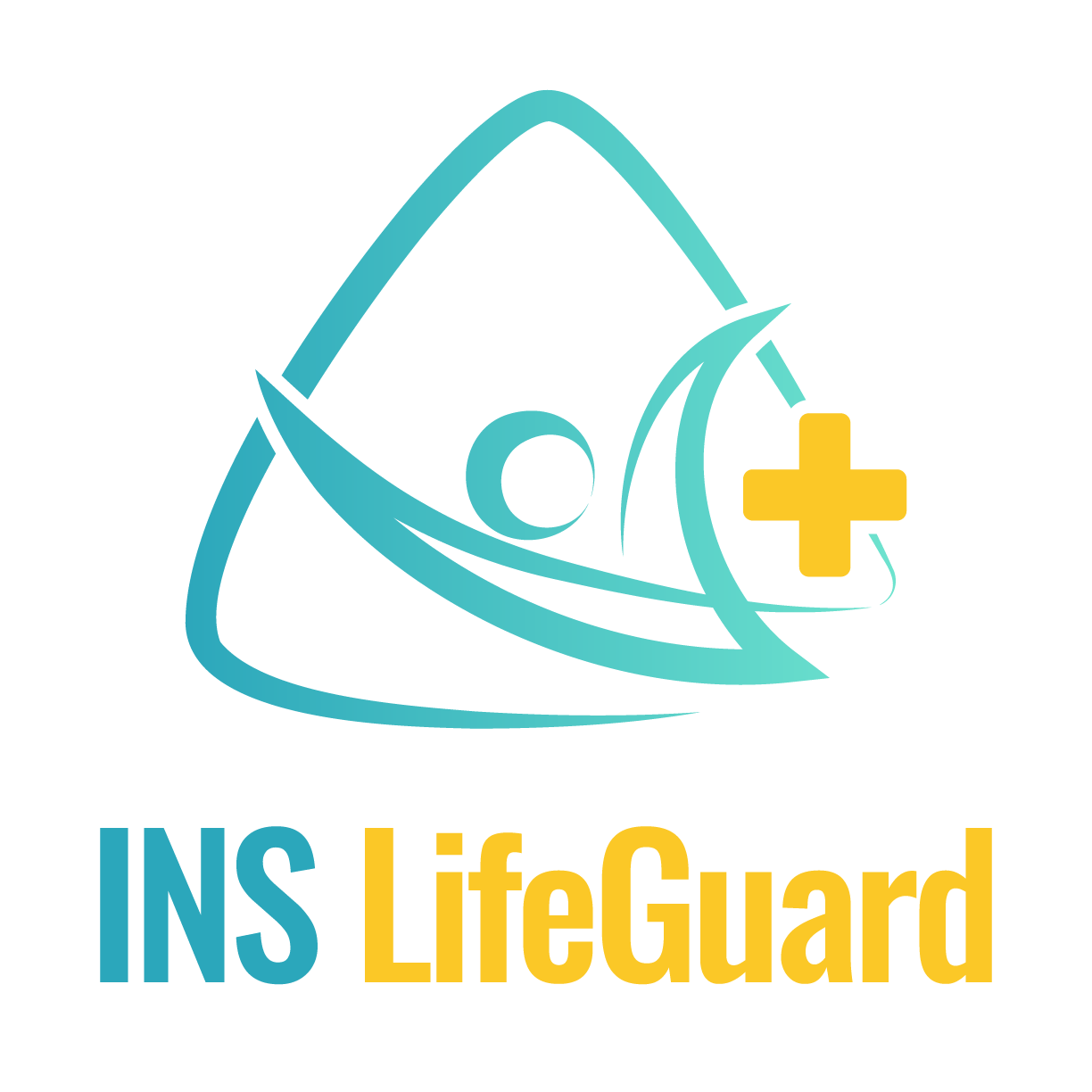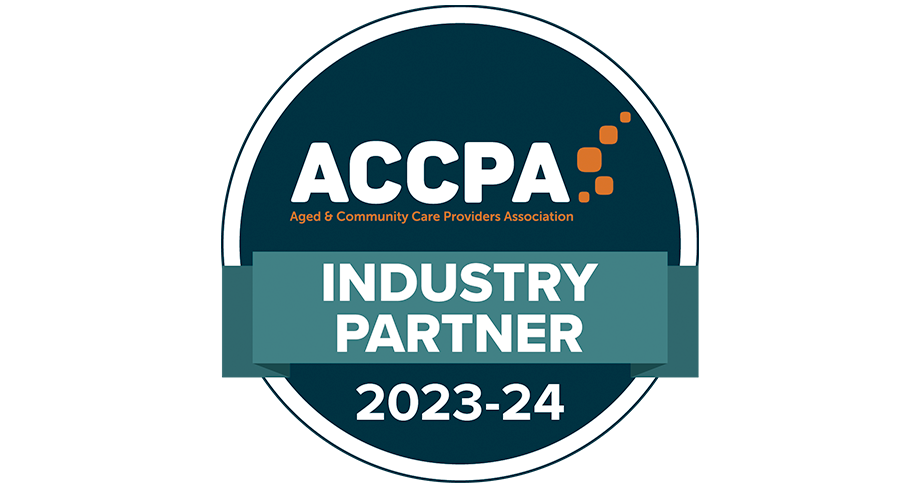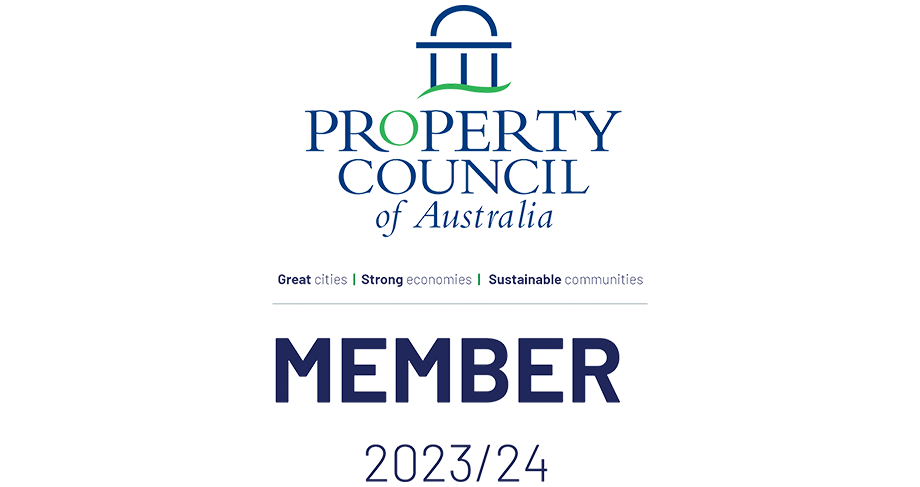Have a Question?
Support at Home Reforms: What They Mean for In‑Home Care Costs & Co‑Payments

There are rising concerns over in‑home care costs and co‑payments. The Aged Care Act 2024 reforms and the upcoming Support at Home Program (from 1 November 2025) are changing how in‑home care ("home care packages") will be funded. Older Australians and their families are particularly worried about new co‑payments for services like showering, cleaning, and gardening.
In this blog, we:
- Explain why the Government funds My Aged Care
- Outline what’s changing under the Support at Home reforms
- Break down how funding and classifications work
- Clarify co-payments and who pays what
- Show what common services might cost you
- Share real-life case studies
- Assistive Technology & Home Modifications (AT-HM): Where Personal Alarms Fit
The Australian Government funds and oversees My Aged Care as part of its commitment to helping older Australians live independently, safely, and with dignity whether at home or in residential care. My Aged Care is the central access point for aged-care services and funding, ensuring that care is equitable, needs-based, and delivered according to national standards. Programs like Home Care Packages, and soon the Support at Home program, are designed to provide support where it's needed most — so Australians can remain in their own homes for as long as possible.
A Major Shift in In‑Home Aged Care
Australia’s in‑home aged‑care system is undergoing one of its biggest reforms in decades. Starting 1 November 2025, the new Support at Home program will begin replacing the current Home Care Packages (HCP) and Short‑Term Restorative Care (STRC) models.
For older Australians, families, and caregivers, one of the most talked‑about changes is the introduction of co‑payments (also called co‑contributions) — fees some people may now need to contribute toward certain in‑home services.
This guide breaks down what’s changing, how it may affect you or your loved one, and what steps you can take now to stay safe, independent and in control.
Why Are These Changes Happening?
The reforms are part of the Aged Care Act 2024, which aims to:
- Make in‑home care simpler and more consistent
- Ensure services are financially sustainable
- Deliver care that's fair, transparent and means-tested
- Provide better access to clinical and restorative support
Key Points at a Glance
- Clinical services will remain fully government-funded
- Co‑payments will apply mainly to domestic and personal support services
- Contributions will be based on your income and assets
- Full pensioners may see little or no additional costs
- New classifications will replace the current HCP levels
- Existing clients may be protected under the “no worse off” rule
- Assistive technologies and safety systems may help reduce reliance on paid visits
What’s Changing: Support at Home Replaces Home Care Packages
From 1 November 2025, the Support at Home program will:
- Replace Home Care Packages (HCP) and
Short Term Restorative Care (STRC)
- Be governed under the
Aged Care Act 2024
- Introduce three clear service categories:
- Clinical Care – such as nursing, allied health
- Independence Support – such as personal care and transport
- Everyday Living – such as cleaning, meals and home maintenance
- The Commonwealth Home Support Program (CHSP) will transition at a later stage — no earlier than July 2027.
How Funding Will Be Rolled Out: Quarterly Payments
Under the Support at Home reforms, government subsidies will be paid to providers quarterly not annually as some people are used to under the Home Care Package (HCP) model.
Why this matters:
- You’ll still receive the same total annual subsidy, based on your care classification (e.g. Class 1 to Class 8).
- But instead of a lump sum or ongoing accrual, funding will be distributed in four equal quarterly allocations.
- This ensures funds are released based on current, active care needs and usage, rather than being stockpiled or underutilised.
Example:
If you're assigned Classification 5, with an annual subsidy of $39,535, this would be distributed as:
- $9,884 per quarter (subject to indexation)
This quarterly structure gives providers more accountability and makes sure funding is being used effectively for current needs.
What You Should Do:
- Ask your provider how your care plan will be structured each quarter
- Understand how your services are prioritised within each 3-month funding period
- Clarify what happens if services are underused or unspent within a quarter
New Care Classifications and Government Subsidies
The Support at Home program replaces the old Home Care Package system (Levels 1–4) with eight new care classifications. These classifications are based on your assessed care needs the higher your needs, the higher your classification, and the more funding you receive.
Here’s the current indicative funding for each level:
| Classification | Quarterly Budget | Annual Budget |
|---|---|---|
| 1 | $2,674 | $10,697 |
| 2 | $3,995 | $15,981 |
| 3 | $5,480 | $21,920 |
| 4 | $7,386 | $29,545 |
| 5 | $9,884 | $39,535 |
| 6 | $11,989 | $47,957 |
| 7 | $14,531 | $58,122 |
| 8 | $19,427 | $77,709 |
Note: These figures are indicative and subject to change based on indexation or policy updates.
How Are Support at Home Classifications Assessed?
Each person entering the Support at Home program will receive a comprehensive aged care assessment to determine their care needs. This assessment helps the government assign them to one of the eight care classifications, which determines how much funding they will receive.
Here's how the assessment process works:
1. Initial Screening – My Aged Care Contact Centre
- You or your representative contacts My Aged Care (online or via phone).
- A short eligibility check is done to determine whether you need a more detailed assessment.
2. In-Person Assessment – Aged Care Assessment Team (ACAT or ACAS in Victoria)
- A qualified assessor (often a nurse, social worker or allied health professional) visits you at home.
- They evaluate your:
- Daily living abilities (e.g. bathing, cooking, cleaning)
- Health conditions
- Cognitive function
- Mobility
- Social support needs
- Risk of falls or injury
- Social and emotional support
- Carer responsibilities (if any)
This holistic approach ensures your needs are properly understood.
3. Assignment to a Classification Level
- Based on the assessment results, you’re assigned a classification (1–8).
- Classification 1–3: Lower care needs — basic support with some daily tasks.
- Classification 4–6: Moderate care needs — a mix of personal and clinical care.
- Classification 7–8: High/complex needs — frequent personal and clinical care.
The classification will also determine the types of services and annual budget you are eligible for.
4. Review and Reassessment
- Your classification can change over time if your needs increase or decrease.
- You (or your provider) can request a reassessment if there’s a significant change in your condition.
Understanding Co‑Payments: Who Pays What?
Under the new system, people may contribute toward non-clinical services, based on means testing.
1. Clinical Services – No Co‑Payments
Fully covered by the government. These include:
- Nursing
- Physiotherapy
- Allied health
- Care management
Regardless of your income, these services will remain free.
2. Independence Services – Moderate Contributions
These include:
- Personal care (e.g., showering, dressing)
- Mobility assistance
- Transport
| Status | Contribution Range |
|---|---|
| Full Pensioner | From 5% |
| Part Pensioner / CSHC Holder | 5% – 50% (means-tested) |
| Self-Funded Retiree | Up to 50% |
3. Everyday Living Services – Higher Contributions
These include:
- Cleaning
- Gardening
- Meal delivery
- General home maintenance
| Status | Contribution Range |
|---|---|
| Full Pensioner | 17.5% |
| Part Pensioner / CSHC Holder | 17.5% – 80% |
| Self-Funded Retiree | Up to 80% |
These types of services are often considered similar to household expenses many already manage privately.
What Exactly Is a Co‑Contribution?
A co‑contribution is your out-of-pocket cost for specific services. You only pay when you receive the service.
Here’s how this applies:
| Type of Service | Example | How You Pay |
|---|---|---|
| Personal Care | 2 hours of assistance | Per-hour contribution |
| Meals | 5 meals delivered | Contribution per meal |
| Consumables | Wound dressings, continence supplies | Percentage of the item cost |
What Might Everyday Services Cost You?
| Service | Standard Cost | Full Pensioner (17.5%) | Self-Funded Retiree (80%) |
|---|---|---|---|
| House cleaning (1 hr) | $50 | $8.75 | $40.00 |
| Gardening (1 hr) | $60 | $10.50 | $48.00 |
| Delivered meal | $15 | $2.63 | $12.00 |
| Minor home repair | $100 | $17.50 | $80.00 |
Actual costs may vary by provider and service type.
Note: These are example figures only. Actual prices will depend on the provider, service type, and your income/assets assessment.
Case Study Examples
| Name | Pension Status | Home Ownership | Assets/Income | Classification | Contributions (Est.) |
|---|---|---|---|---|---|
| Tim | Full Pension | Rents | Savings only | Class 5 | Low |
| Patricia | CHSC Holder | Owns home | Super + income | Class 5 | Moderate |
| Rico | Part Pension | Owns home | Super + income | Class 5 | Moderate |
What Services Will Be Covered?
| Category | Examples |
|---|---|
| Clinical Care | Nursing, allied health, continence, care management |
| Independence | Showering, transport, medication help, respite |
| Everyday Living | Cleaning, meals, gardening, maintenance |
| AT-HM | Personal alarms, fall detectors, home mods, smart tech |
What This Means for You or Your Loved One
Check Your Assessment Date
If you were approved for HCP before a certain date (e.g., 12 September 2024), you may be protected under the “no worse off” principle.
Understand the Services You Receive
Review your care plan. If most of your support is clinical, your out-of-pocket costs may not change. If you receive domestic or lifestyle services, you may see some new contributions.
Talk to Your Provider
Ask for a breakdown of your current services and their classifications.
Suggested questions:
- “Which services might attract co‑payments under the new system?”
- “How will my contribution be calculated?”
Budget Accordingly
Use the
My Aged Care Contribution Calculator to estimate your likely payments.
Assistive Technology & Home Modifications (AT-HM): Where Personal Alarms Fit
Under the new Support at Home program, personal alarms are now recognised as a stand-alone funded category within Assistive Technology & Home Modifications (AT-HM). These are devices and modifications that help older Australians stay safe, independent, and connected in their own homes.
Why INS LifeGuard Is Unique
INS LifeGuard’s personal alarm systems are the only nurse-monitored personals alarms eligible under AT-HM, meaning part or all of the device cost may be covered by your care plan.
But beyond the device itself, INS LifeGuard offers something more:
- When paired with the INS LifeGuardian App and a compatible smartwatch, our systems monitor vital signs like heart rate, blood oxygen and mobility patterns.
- This data is reviewed by qualified registered nurses, who can provide real-time clinical oversight, detect changes, and escalate care when needed.
Monitoring services (if tied to clinical oversight or fall prevention) may also be claimable under Clinical Care or Independence Support, depending on your care plan.
INS LifeGuard May Be Funded Under:
| Support at Home Category | Example Coverage |
|---|---|
| AT-HM (Assistive Technology) | Device cost of the personal alarm |
| Clinical Care | Real-time monitoring of vital signs and nurse triage |
| Independence Support | Fall prevention, mobility safety, geo-fencing for wandering |
Want to Learn More?
To explore the broader list of assistive technologies and modifications eligible under Support at Home, read:
What You Need to Know About Support at Home and Assistive Technology Funding
Stay Safe, Supported and Independent at Home
INS LifeGuard’s nurse-monitored personal alarms are eligible for government funding under the Support at Home program and could be a valuable part of your care plan.
With real-time health monitoring, fall detection, GPS tracking and 24/7 nurse response, our systems provide clinical oversight and peace of mind for individuals and families alike.
Want to explore how you or someone you care for can stay independent longer? We’re here to help.
Call 1800 636 040 or visit inslifeguard.com.au. Our team is ready to support your safety in the home or out in the community.

About
INS LifeGuard is the only 24/7 nurse on-call personal and medical monitoring in Australia. We provide monitoring technology for both in the home and on the go and can also monitor other provider's equipment. Our services are suitable for anyone wanting support to stay independent such as the elderly, those with medical conditions and disabilities plus enhancing safety and security for lone workers.
